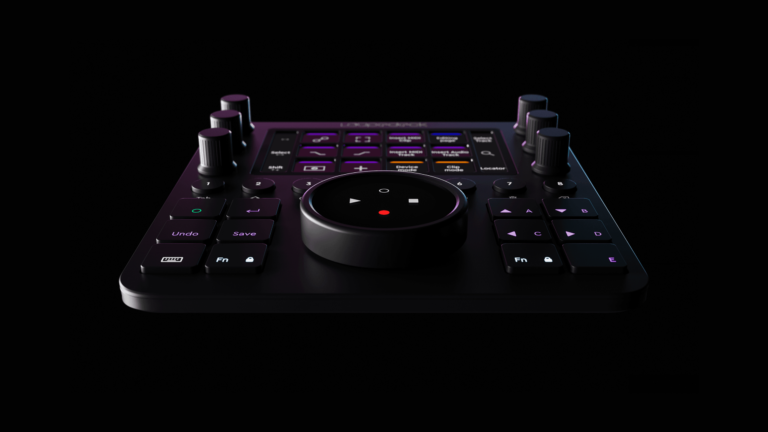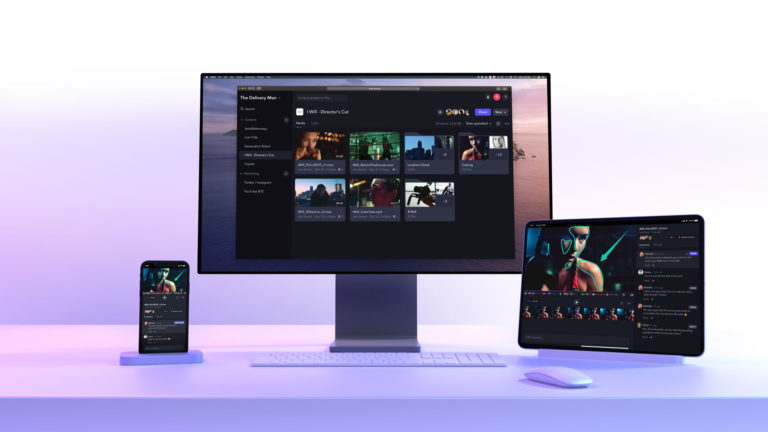Shooting 25 Mbps XDCAM and Digitizing Footage in L.A. Traffic

Each weekly Road Rules mission, starting with all-veteran cast members, shoots on Friday, Saturday and Sunday for a show that airs on Wednesday night at 10:30 p.m. The editorial team, led by Jack Reifert, works through the day on Monday and posts a rough cut on the BMP Web server. Murray, the MTV executives, and standards and practices all turn in their notes by 10 a.m. Tuesday, and the editorial crew has the rest of the day to finish the show. In the meantime, viewers are voting on which member of the “pit crew” – a gang of wannabe cast members with pictures, bios and blogs at the MTV Web site – will get to challenge one of the cast for a spot on the traveling Road Rules RV. The “pit challenge” takes place early Thursday afternoon, and on Friday morning the winner hooks up with the rest of the cast for the next mission.
On Saturday morning, an eight minute “pit preview” that reveals who was selected for the pit challenge hits the show’s Web site (
“They shot one mission in San Diego, and that’s a three-hour drive in traffic,” explains Reifert, who supervises a team of six full-time editors plus assistants, a junior editor and three digitizers (two in the field, one at home base). “When they get back, pretty much all of it is on a hard drive, so we’re getting access to footage within hours. They shot in Monterey, and in that case we had a courier service fly tapes back three times a day to be digitized in house.”
“The second week, a big crane fell across the 405 freeway,” says Murray. “One of our teams was on its way back, so they sat in traffic for about three hours – digitizing. It’s nice if, when you’re stuck in traffic, you can actually get something done.”
There’s no time to do proper shot-logging on the show, but the directors and writers in the field are in constant contact with HQ, spelling out the developing narrative threads for editorial. Because the pit challenge takes place in a studio environment, the team does a line cut with a later polish to get that segment ready for the Web as quickly as possible. And the BMP music department has cleared a selection of music in advance so the editors have songs ready to go. Because the editorial team works with full-quality 25 Mbps XDCAM footage, there really is no online editorial process. Audio mixing happens overnight, and color-correction and graphics are all handled at BMP before the show feeds to MTV on Wednesday afternoon.
The whole Road Rules process happens faster these days, but it’s not necessarily easier. “The shooting ratio on the old Road Rules used to be 70:1,” says Reifert. “It’s not much less these days. When you throw in the DVCAMs – helmet cams or mounted cameras for a mission – we have as many as 16 cameras rolling.” Mixing the DVCAM with XDCAM footage has gone “surprising well,” Reifert says, even though the XDCAM footage is anamorphic 16×9 while the DVCAMs shoot 4×3. The only issue has been with speed ramps, which occasionally disappear somewhere en route to color-correction and have to be recreated at the end of the process.
“What’s remarkable is the show doesn’t look any different from a Real World show or a past Road Rules show in terms of the quality of the editing, or the way music is used,” says Murray. “It may be hard to do, but they’ve met every deadline and the quality has been amazing.”
Did you enjoy this article? Sign up to receive the StudioDaily Fix eletter containing the latest stories, including news, videos, interviews, reviews and more.










Leave a Reply